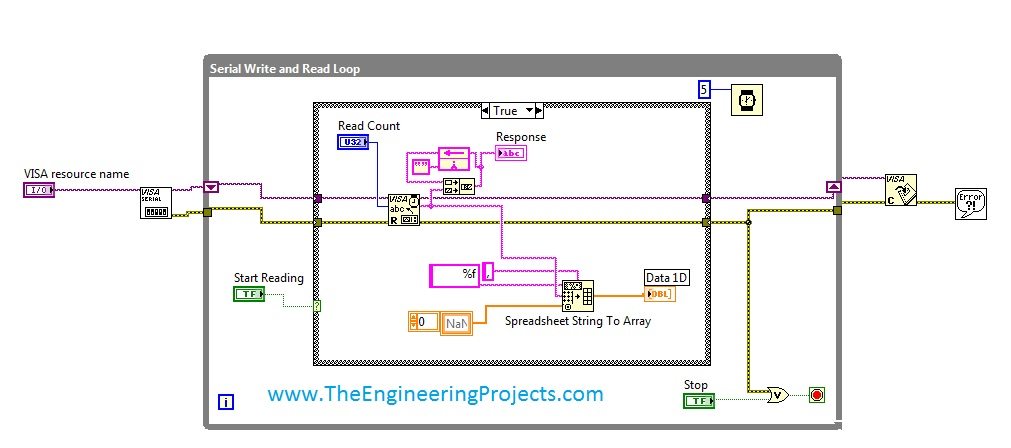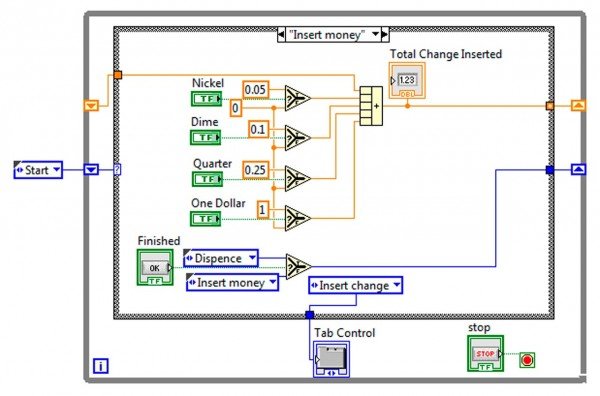

Can I call a LabVIEW startup executable from the Linux command line?.When adding a new target in my LabVIEW project, my BBB/RPi2 isn't detected.


standard - Runs in separate threads from the user interface.VIs can run in the user interface thread, but the execution system alternates between cooperatively multitasking and responding to user interface events. Behaves exactly the same in multithreaded applications as in single-threaded applications. user interface - Handles the user interface.Here is a breakdown of LabVIEW's execution systems: Once a task completes it is removed from the queue. If not, the code for the VI continues to run. At some point, the generated code checks back in with the execution system to see if it needs the thread back so that it can assign another task to run. The active task will execute by calling the generated code of the VI. If all of the tasks in the queue have the same priority, then after a task has executed for a certain amount of time it moves to the end of the queue and the next task runs. Each execution system maintains a queue of active tasks. LabVIEW has six multiple execution systems (see list below or image above).


 0 kommentar(er)
0 kommentar(er)
